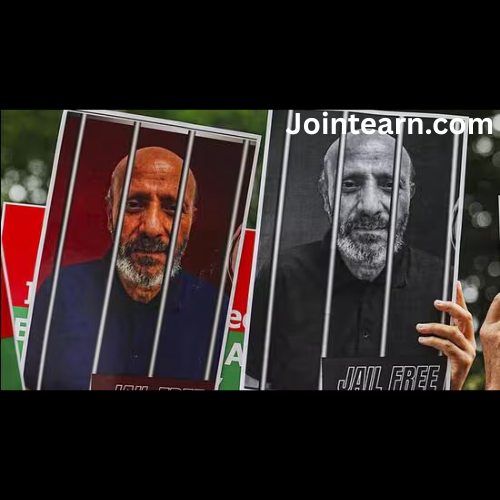
Fragrances are quickly becoming a must-have for Gen Z consumers, the fastest-growing buyer category in the global beauty market. Once seen as an indulgent luxury, perfumes are now considered a go-to item for young shoppers seeking to express individuality, elevate their mood, and enjoy a small luxury even amid economic uncertainty. Analysts are dubbing this trend the “new lipstick effect”, referencing the phenomenon where consumers favor affordable luxury items when the broader economy is under pressure.
Big Beauty Companies Capitalize on Fragrance Boom
Leading beauty conglomerates like Estee Lauder, L’Oréal, and Coty are reaping the benefits of the surge in fragrance demand. These companies own iconic brands such as Le Labo, Tom Ford, Valentino, Yves Saint Laurent, Emporio Armani, Ambre Antique, and Jo Malone, and have recently emphasized perfumes as their main growth drivers in earnings calls.
Coty, for instance, reported an optimistic quarterly forecast thanks to strong demand for its Calvin Klein and Hugo Boss fragrances. CFO Laurent Mercier noted, “It’s a fantastic way for the Gen Z to enter the category. So it’s really matching some great consumer needs.”
According to data from Circana, Gen Z households accounted for approximately 38% of all fragrance spending in the 26 weeks ending July 2025, underscoring the generation’s influence on this booming category.
Estee Lauder Expands Fragrance Business
Estee Lauder has also seen significant growth in its fragrance segment, which helped offset softer makeup sales. Jo Malone, a key fragrance brand under the Estee Lauder umbrella, contributed to a 14% increase in fragrance revenue for the quarter ending September.
Kendal Ascher, a senior Estee Lauder executive, told Reuters, “Fragrance is having a cultural moment. Rising disposable income and middle-class expansion in China, India, and the Middle East are fueling sustained category growth.” Estee has invested heavily in freestanding fragrance boutiques worldwide, including flagship stores in SoHo, New York, and a global Fragrance Atelier in Paris. They are also using AI tools to match consumer descriptors like ‘bright’ or ‘happy’ to fragrance profiles and creating TikTok campaigns to attract Gen Z shoppers.
Strategic Investments and Brand Focus
Coty and L’Oréal are strategically reshaping portfolios to focus on fragrances. In October, L’Oréal acquired cosmetic and fragrance brands from Kering for $4.7 billion, securing long-term licenses including Gucci. Meanwhile, Coty is exploring the sale of CoverGirl and Rimmel to concentrate on perfumes, which now make up three-quarters of its total sales.
Meanwhile, competitors like Elf Beauty, which focuses primarily on affordable makeup, have faced challenges. The company recently reported weaker-than-expected results due to tariffs and muted consumer spending, highlighting the distinct advantage of fragrance in the current market.
Global Perfume Market Outpaces Makeup and Skincare
Fragrance sales are growing faster than both makeup and skincare. Circana data shows that prestige fragrance sales rose 6% to $3.9 billion in the first half of 2025, while prestige makeup only grew 1% and prestige skincare declined 1%. Michael Ashley Schulman, CIO at Running Point, explained, “It is a product segment that gives consumers a taste of prestige, quality, or status (or personal indulgence) without the price tag of full-blown premium/luxury goods.”
Why Fragrances Appeal to Gen Z
Fragrances offer a personal, expressive, and accessible luxury that resonates with Gen Z. Young consumers view perfume as a way to project individuality, boost confidence, and enjoy small indulgences, even in a period of economic uncertainty. With strategic investments, AI-driven personalization, and social media campaigns, major beauty brands are ensuring that perfumes remain a cultural and commercial phenomenon for years to come.


Leave a Reply